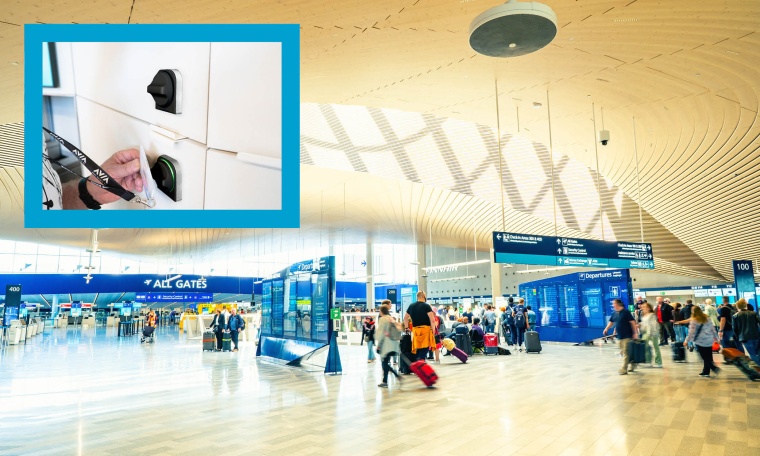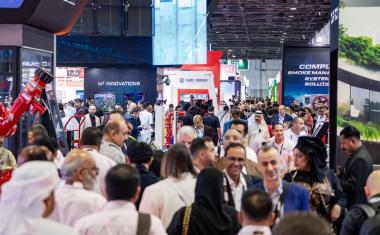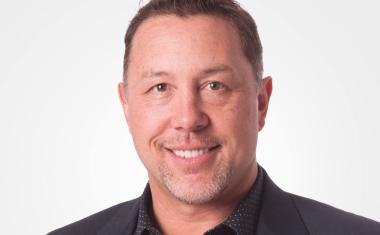Assa Abloy: Digital Cabinet Locks for Helsinki Airport
Helsinki Airport is a busy transport hub, with a network of flights connecting Finland with cities across Europe, Asia and beyond. Managing access in such a dynamic environment is a challenge.
This challenge extends to the control of access to cupboards, drawers and cabinets where travel documents are stored — in the spotlight after new EU guidance on logging access to these documents.
Previously, security for cabinets in Helsinki’s check-in area required airport managers to issue and track around 100 mechanical keys per airline. It took time and was a distraction from other important tasks. Airport operator Finavia sought a more convenient way to manage and monitor cabinet access, replacing mechanical locking with a streamlined electronic solution.
Cabinets are often small, hard to wire and easily damaged. Thus, Finavia sought a neat solution which did not require them to fit a bulky locking device or a separate RFID reader. And because the airport already had a Lenel access control solution in place, seamless integration — without extra software or database installation — was another essential requirement.
“Safety, functionality, durability, security of supply and usability were the reasons we chose the Assa Abloy solution,” explains Kari Mäkinen, Senior Access Control Specialist at Helsinki Airport.
A major upgrade to security for almost any cabinet
Helsinki’s airline check-in desks are now equipped with Aperio KL100 electronic cabinet locks. The KL100 is small and has a minimal footprint. Wireless, battery powered and with an inbuilt RFID reader, it is easy to fix to almost any cabinet, locker or drawer without cabling or causing damage. Different sizes and cam-lengths make the lock adaptable to securing sensitive spaces in almost any workplace.
“Before KL100 cabinets were managed with mechanical keys, with no specific control over who has the key and who had opened the cabinet,” adds Mäkinen. Now, the automated log shows exactly which airline opened any cabinet, and when. It’s efficient and hassle-free.
For high convenience, a KL100 has an integrated reader which may be unlocked with mobile keys (via NFC or BLE), as well as smartcards or fobs using all major RFID technologies. And because the Aperio platform is built from the ground-up for compatibility, the KL100 Wireless Cabinet Lock integrates seamlessly with the airport’s Lenel system. Finavia were able to choose a best-in-class solution without having to compromise.
Operations at the airport are more streamlined. No one needs to handle or track thousands of mechanical keys, saving time and costs spent on logistics. Every employee’s individual access may be revoked at any time from the Lenel control panel and it’s simple to audit all cabinet access if an incident occurs.
A full suite of Assa Abloy access control devices
After 18 months of operation, the solution for check-in desks has been a success. Airport managers have ordered additional Aperio KL100 devices for airport departure gates.
Multiple connectable Assa Abloy solutions are already deployed alongside the digital cabinet locks, including wireless Aperio door handles; Protec2 Cliq electromechanical locking devices; and keyless, mobile-operated ABLOY padlocks to secure fencing and cargo.
“The availability of all these solutions from a single manufacturer — easily used with their existing access control solution — has helped Finavia to tailor a unified, integrated system at Helsinki Airport,” says Lars Angelin, Business Development Manager at Assa Abloy Opening Solutions EMEIA.

















